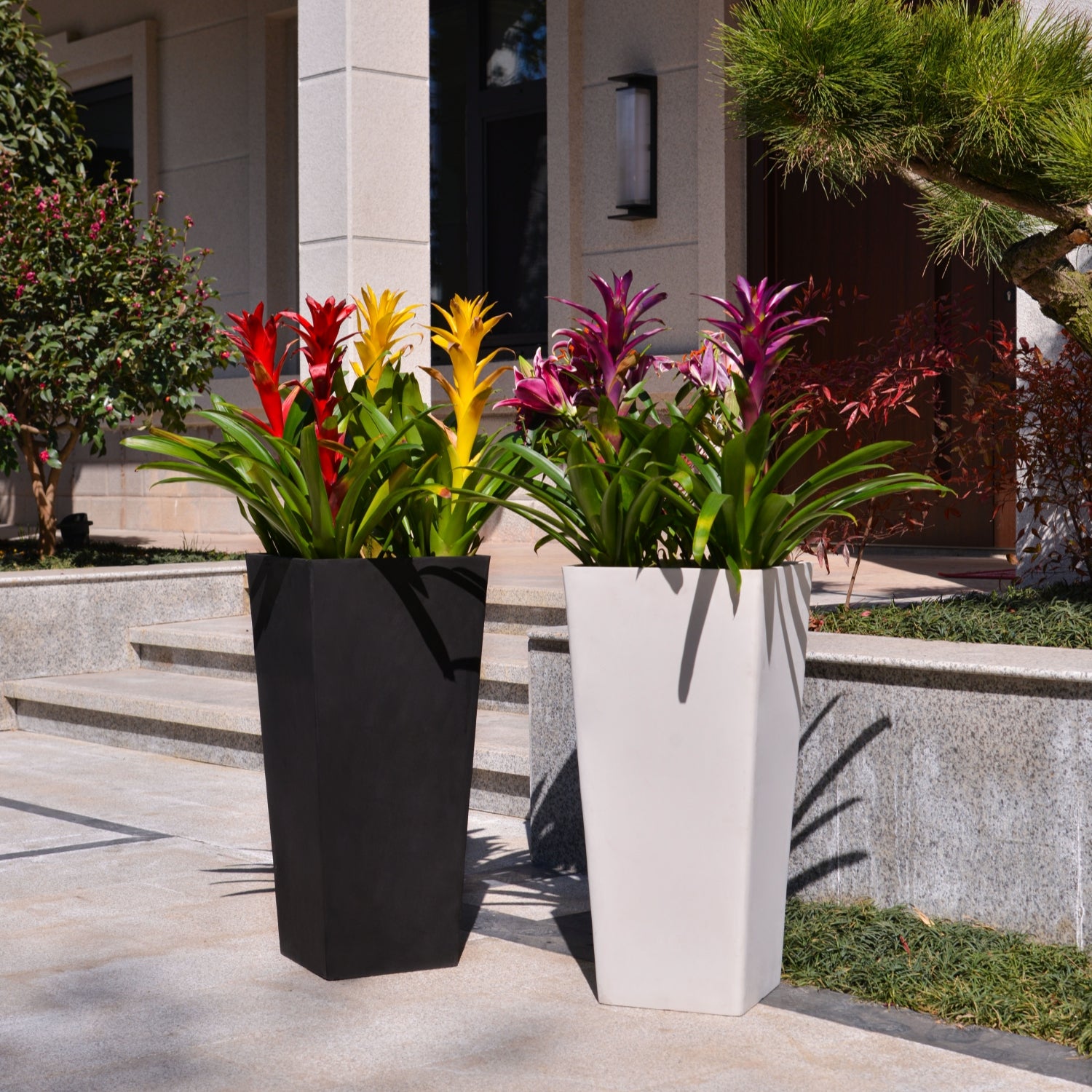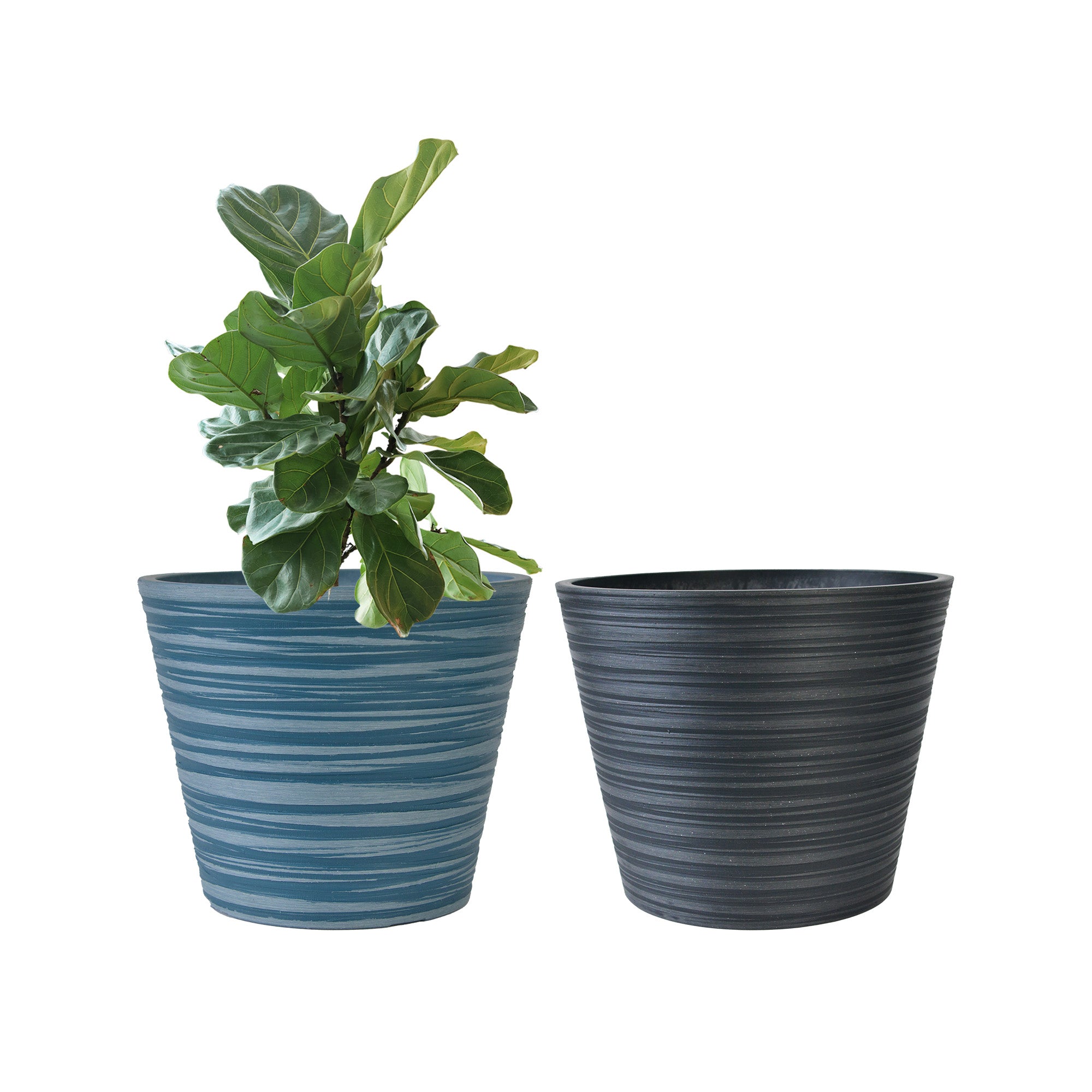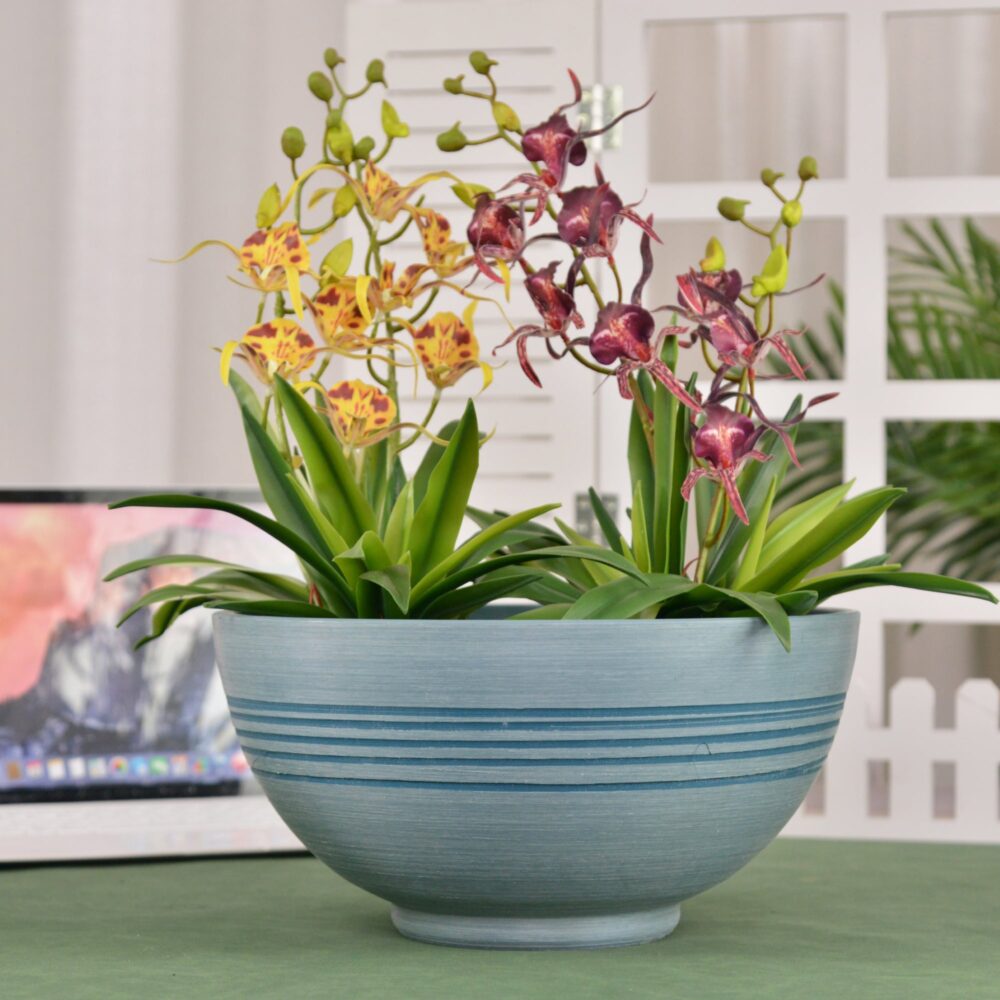Don’t Throw Away Pistachio Shells! Grind Them into “Gold” – A Soil ImprovementArtifact Used by Gardening Experts to Revitalize Your Garden!
Do you also enjoy eating delicious pistachios? While enjoying the deliciousness, have you ever been bothered by how to deal with the leftover shells? Stop throwing them away casually! Unassuming pistachio shells, after simple processing, can turn waste into treasure and become a secret weapon for gardening enthusiasts! Today, I will reveal the magical uses of pistachio shells in gardening, teaching you how to grind them into powder, turning them into “gardening gold,” and revitalizing your garden!
This article will delve into the multiple benefits of pistachio shells in soil improvement, plant care, and other aspects, and provide detailed production and usage methods, allowing you to easily master this money-saving and environmentally friendly gardening technique to create a healthy and thriving garden!
Turning Waste into Treasure: Unveiling the Gardening Value of Pistachio Shells
Seemingly hard pistachio shells actually contain rich organic matter and minerals. After being crushed, they can bring unexpected benefits to the garden:
Improve Soil Structure, Enhance Air Permeability and Drainage
Pistachio shells have a loose texture. The granular structure after crushing can effectively improve the physical properties of the soil:
- Loosen Soil: For heavy and compacted soil, incorporating pistachio shell powder can increase soil porosity, loosen the soil, improve soil structure, make the soil less prone to hardening, and become more loose and breathable, which is beneficial for plant root respiration and growth.
- Enhance Drainage: Pistachio shells have certain drainage properties. Incorporating them into the soil can improve soil drainage capacity, prevent waterlogging, and reduce problems such as root rot and diseases caused by waterlogging, especially suitable for rainy areas or waterlogged plots.
- Retain Water and Fertilizer: Although the main function of pistachio shells is to improve air permeability and drainage, their organic matter also has certain water and fertilizer retention capabilities, which can improve soil water retention and nutrient retention capacity, reducing the loss of water and nutrients.
Natural Mulch, Inhibit Weed Growth, Maintain Soil Moisture
Pistachio shells are moderate in particle size and natural in color, making them very suitable as garden ground mulch:
- Inhibit Weed Growth: Laying pistachio shell mulch can effectively block sunlight from reaching the soil surface, inhibiting weed seed germination and growth, reducing garden weed problems and saving weeding time.
- Maintain Soil Moisture: Mulch can reduce soil moisture evaporation and keep the soil moist, especially in dry seasons or hot summers, which can reduce watering frequency and save water resources.
- Regulate Soil Temperature: Mulch can isolate direct contact between soil and the external environment, reducing soil temperature fluctuations, cooling in summer and warming in winter, creating a more stable growing environment for plant roots.
- Beautify Garden Landscape: Pistachio shells have a natural and simple color.铺设 them on the garden ground is beautiful and elegant, enhancing the garden landscape effect and creating a natural and harmonious gardening atmosphere.
Slow-Release Organic Fertilizer, Supplement Minerals, Provide Plant Nutrients
Pistachio shells are rich in minerals such as calcium, magnesium, and phosphorus required by plants. Although the content is not high, using them as slow-release organic fertilizer can slowly release nutrients and nourish plants for a long time:
- Supplement Calcium: Pistachio shells are rich in calcium. Calcium helps form plant cell walls, promote plant growth, and improve fruit quality. Supplementing calcium is particularly important for calcium-loving plants such as tomatoes, peppers, and eggplants.
- Supplement Magnesium and Phosphorus: Pistachio shells also contain elements such as magnesium and phosphorus. Magnesium is an important component of chlorophyll, participating in photosynthesis; phosphorus promotes root development and flower bud differentiation. These mineral elements can be slowly released into the soil, providing long-lasting nutrients for plants.
- Improve Soil Microbial Environment: Pistachio shells belong to organic matter. In the process of decomposition, they can increase soil organic matter content, improve soil microbial environment, promote the growth of beneficial microorganisms, improve soil fertility, and enhance plant resistance.
How to Make Pistachio Shell Powder: Simple and Easy to Do, DIY at Home
Turning pistachio shells into gardening powder is actually very simple, just a few steps:
Collect Pistachio Shells: Collect the shells after eating pistachios. Try to choose unsalted, unflavored natural pistachio shells to reduce the impact of salt and additives on the soil. If you collect salted shells, you can rinse them with clean water and dry them before use.
Washing (Optional): If there are obvious stains or food residues on the surface of the pistachio shells, you can simply rinse them with clean water to remove impurities. Be sure to dry them thoroughly after washing to prevent moisture and mold. If the shells are relatively clean, you can also skip the washing step and proceed directly to the next step.
Sun-dry or Oven-dry: Spread the washed (or unwashed) pistachio shells flat in a ventilated place to fully sun-dry. In sunny conditions, 1-2 days of sun-drying is enough. You can also use an oven to dry at low temperature. Set to about 100℃ and bake for 30-60 minutes until the shells are completely dry. Be sure to ensure that the shells are completely dry before crushing to prevent the grinder from jamming and to facilitate long-term storage.
Crushing: Put the completely dried pistachio shells into a grinder (such as a food processor, mill, household grinder, etc.) for crushing. The degree of crushing can be adjusted according to usage needs:
- Coarse Powder: Shorter crushing time yields coarse powder with larger particles, suitable for loosening soil, enhancing drainage, and also more suitable for use as ground mulch, not easily blown away by wind.
- Fine Powder: Longer crushing time yields fine powder with delicate texture, easier to mix with soil, suitable for improving soil, providing nutrients, and also easier to be absorbed by plant roots. You can choose a suitable degree of crushing according to actual needs. If the grinder power is small, you can crush in batches in small quantities to avoid overloading the machine. Pay attention to intermittent operation during crushing to prevent the machine from overheating.
Sieving (Optional): If you have high requirements for the fineness of the powder, you can sieve the crushed pistachio shell powder with a sieve to remove larger particles and obtain more uniform and fine powder. The coarse particles after sieving can be crushed again or used directly to mulch the soil.
Storage: After the crushed pistachio shell powder has completely cooled, put it in sealed jars, glass bottles, or plastic wrap bags and store it in a dark, dry, and cool place. Dry pistachio shell powder can be stored for a long time and can be taken as needed.
Wonderful Gardening Uses of Pistachio Shell Powder: Multi-Scene Application, Significant Effects
The prepared pistachio shell powder has a wide range of uses. You can choose a suitable usage method according to different gardening needs:
Potting Soil Improvement: Loosen and Aerate, Retain Water and Fertilizer
When preparing potting soil or repotting potted plants, you can mix pistachio shell powder into the soil, generally using 10%-20% of the total potting soil volume. Mix it evenly with substrates such as garden soil, leaf mold, coco coir, and perlite. It is especially suitable for plants that prefer loose and breathable soil, such as:
- Succulents and Cacti: Pistachio shell powder can significantly improve the air permeability and drainage of potting soil for succulents and cacti, prevent waterlogging and root rot, and promote their healthy growth.
- Orchids and Clivia: These plants also prefer well-ventilated substrates. Pistachio shell powder can improve the potting soil structure and promote root respiration and growth.
- Most Flowers that Prefer Loose Soil: For example, roses, azaleas, camellias, gardenias, hydrangeas, pothos, spider plants, etc., you can add an appropriate amount of pistachio shell powder to the potting soil to improve the growing environment.
Garden Ground Mulch: Inhibit Weeds, Beautify Landscape
On the ground of garden paths, flower beds, vegetable gardens, etc., evenly lay a 3-5 cm thick layer of pistachio shell granules (coarse powder) as mulch. Clean up weeds on the ground before laying. Mulch can be laid directly on the bare soil surface or mulched around plant roots. Especially suitable for:
- Flower Beds and Borders: Pistachio shell mulch can enhance the overall beauty of flower beds and bordersand form a natural and harmonious landscape effect with flowers and green plants.
- Vegetable Gardens and Orchards: Mulch can inhibit weed growth in vegetable gardens, reduce weeding workload, and maintain soil moisture, reducing watering.
- Tree Roots: Laying mulch around tree roots can protect tree roots and reduce water evaporation, improving the tree growing environment.
Compost Material: Increase Organic Matter, Improve Compost Quality
When making home compost, you can add pistachio shells (coarse or fine powder) as one of the compost materials to the compost pile and mix and compost with other organic waste. Pistachio shells can increase the carbon-nitrogen ratio of compost, improve compost air permeability, promote compost fermentation, and improve compost quality. It is especially suitable for mixing and composting with kitchen waste and green leafy vegetable leaves and other wet materials with high nitrogen content to balance the carbon-nitrogen ratio.
Slow-Release Fertilizer: Provide Nutrients, Nourish Plants Long-Term
You can directly scatter pistachio shell fine powder on the surface of the potting soil or mix it into the surface layer of the potting soil for use as slow-release organic fertilizer. Nutrients will be gradually released into the soil with watering, providing long-term and slow nutrients for plants. The fertilization frequency can be adjusted according to plant growth and nutrient requirements, once every 1-2 months. It is especially suitable for calcium-loving plants and plants with slow growth and low nutrient requirements.
Precautions for Using Pistachio Shell Powder:
- Choose Crushing Degree According to Usage: Coarse powder is more suitable for loosening soil and ground mulch, while fine powder is more suitable for improving soil and providing nutrients. Choose the appropriate degree of crushing according to different uses to achieve the best results.
- Appropriate Dosage, Avoid Overuse: Pistachio shell powder, as a soil amendment and fertilizer, should not be used in excessive amounts. Overuse may affect soil drainage (when using too much fine powder) or lead to excessive soil nutrients. Generally, it is recommended to use 10%-20% of the total potting soil volume, and the mulch thickness should be 3-5 cm. The specific dosage needs to be flexibly adjusted according to plant type and soil conditions.
- Use with Other Substrates and Fertilizers: Pistachio shell powder mainly functions to improve soil structure and provide a small amount of nutrients, and cannot completely replace other substrates and fertilizers. When preparing potting soil, it is still necessary to mix with substrates such as garden soil, leaf mold, coco coir, perlite, etc. to meet the comprehensive needs of plant growth. In terms of fertilization, pistachio shell powder can be used as a supplement to slow-release organic fertilizer and cannot completely replace fast-acting fertilizers. For plants with high nutrient requirements, it is still necessary to apply other fertilizers regularly as topdressing.
- Avoid Using Moldy or Contaminated Shells: Moldy, rotten, or chemically contaminated pistachio shells are not suitable for gardening. Moldy shells may carry germs, and contaminated shells may contain harmful substances, which will have adverse effects on plant growth. Choose clean, dry, and uncontaminated pistachio shells to ensure safe use and effectiveness.
Frequently Asked Questions:
Question 1: Is pistachio shell powder suitable for all plants?
Answer: Pistachio shell powder is beneficial for most plants, especially suitable for plants that prefer loose and breathable soil and calcium-loving plants. However, a very small number of acid-loving plants, such as azaleas, camellias, gardenias, blueberries, etc., are not suitable for using a large amount of pistachio shell powder, because pistachio shells are slightly alkaline and may increase soil pH, reducing soil acidity. For acid-loving plants, using a small amount of pistachio shell powder to improve soil air permeability is acceptable, but pay attention to controlling the dosage and using it with acidic substrates or fertilizers. For situations where it is uncertain whether plants prefer acidity or alkalinity, it should be used with caution, or a small-scale test should be carried out first.
Question 2: Can pistachio shell powder directly replace potting soil?
Answer: Pistachio shell powder cannot directly replace potting soil. Although pistachio shell powder has the functions of loosening and aerating soil and retaining water and fertilizer, it does not contain all the nutrients required for plant growth itself and lacks the buffering capacity of soil. Long-term use of pistachio shell powder alone to grow plants will lead to plant malnutrition and hindered growth. Pistachio shell powder is mainly used as a soil amendment and needs to be mixed with other substrates (such as garden soil, leaf mold, coco coir, etc.) to prepare nutrient soil to meet the needs of plant growth.
Question 3: If there is no grinder, how to process pistachio shells?
Answer: Grinder is the most convenient and quick tool for making pistachio shell powder. If there is no grinder, you can also try the following methods to simply process pistachio shells:
- Manual Crushing: Put the dried pistachio shells into a sturdy cloth bag or plastic bag and use tools such as hammers and rolling pins to crush the shells into small pieces or coarse granules. Manual crushing is more laborious and less efficient, but coarse-grained pistachio shells can be obtained, suitable for mulching soil or loosening potting soil.
- Using a Food Processor or Blender (Use with Caution for Low Power): Some high-power food processors or blenders can also be used to crush pistachio shells, but blades are easily worn, and the machine load is large. Low-power food processors or blenders may not be able to effectively crush hard pistachio shells or even damage the machine. If using a food processor or blender to crush, be sure to choose a high-power model, and process in batches in small quantities, paying attention to protecting the machine.
- Directly Using Coarse Granular Shells: If you find crushing too troublesome, you can also directly crush the dried pistachio shells roughly, or use them directly as coarse granular mulch without any processing, which can also play a certain role in inhibiting weeds, maintaining soil moisture, and loosening the soil surface. Coarse granular shells decompose slowly and the effect of providing nutrients is relatively weak.
Question 4: Is pistachio shell mulch easily blown away by wind?
Answer: Pistachio shell mulch is relatively light. If the particles are too fine, the mulch is too thin, or in windy areas, it may be blown away by wind. To prevent the mulch from being blown away by wind, you can take the following measures:
- Choose Coarse-grained Mulch: When crushing pistachio shells, try to control the degree of crushing to obtain coarse powder with larger particles, or directly use hand-crushed shells. Coarse-grained mulch is heavier and less likely to be blown away by wind.
- Appropriate Mulch Thickness: The mulch thickness should reach 3-5 cm. Too thin a mulch layer is easily blown away by wind and it is difficult to achieve the ideal mulching effect.
- Lightly Press and Fix: After laying, you can lightly press the mulch surface by hand or tools to make it fit more tightly with the soil surface and reduce the possibility of being blown away by wind.
- Mix with Other Mulch: You can mix pistachio shells with other heavier mulches that are not easily blown away by wind for combined use, such as bark, wood chips, pine needles, gravel, etc., to increase the overall weight and stability of the mulch.

Conclusion
Small pistachio shells contain great gardening wisdom. Turning waste into treasure and decay into magic, just a few simple steps can turn leftover shells into a natural soil improvement神器, injecting new vitality into your garden. Whether it is loosening soil, inhibiting weeds, or providing nutrients and beautifying the landscape, pistachio shells can play an excellent role. Take action quickly, collect your pistachio shells, and let them bloom for the second time in your garden, creating a green, healthy, and beautiful ideal garden!
Planter 6 in W / 8 in W / 12 in W Indoor or Outdoor Plants, Modern Decorative Plant Pots with Drainage Hole, Decorative Flower Pots
By greenship-seo|2025-02-06T13:43:53+00:00January 16, 2025|Categories: Hand-carving Series|Tags: Decorative Flower Pots|
GreenShip 27inch Tall Planters for Porch, Large Outdoor Planter Pots with Drainage Hole
By greenship-seo|2025-04-10T06:27:21+00:00April 7, 2025|Categories: Hand-carving Series|Tags: Decorative Flower Pots|
KC3-14A
By greenship|2024-08-16T06:26:30+00:00August 16, 2024|Categories: Hand-carving Series|
Planter 5 in W / 8 in W / 12 in W or Indoor Outdoor Plants, Modern Decorative Plant Pots with Drainage Hole, Decorative Flower Pots
By greenship-seo|2025-04-10T06:37:58+00:00January 16, 2025|Categories: Hand-carving Series|Tags: Decorative Flower Pots|
20T
By greenship|2024-08-13T06:42:22+00:00August 13, 2024|Categories: Hand-carving Series|
13 inch Planter for Indoor Plants, Set of 2 Modern Decorative Plant Pots with Drainage Hole, Cute Bowl Shape Flower Pots
By greenship-seo|2025-04-10T07:41:46+00:00January 10, 2025|Categories: Hand-carving Series|Tags: Decorative Flower Pots, Self-Watering Pots|






